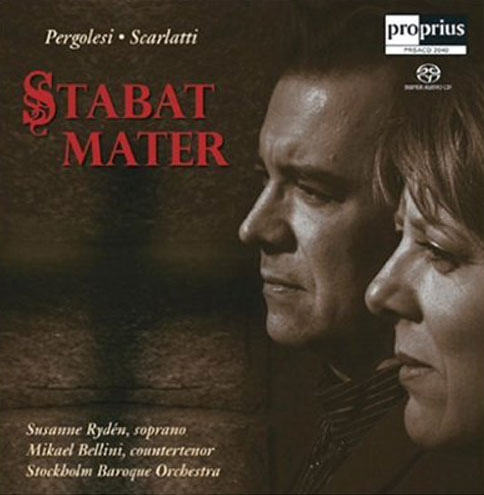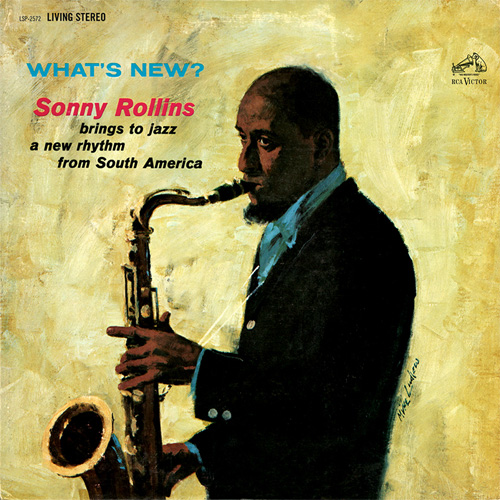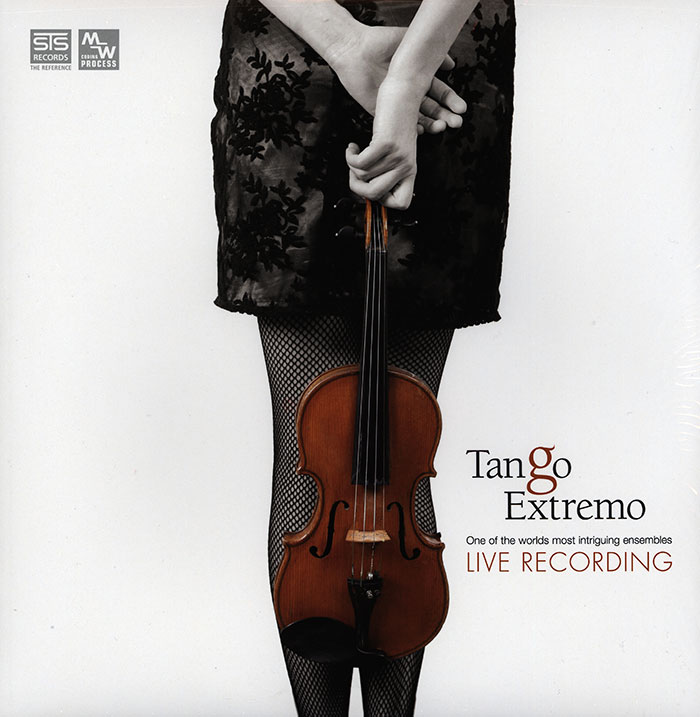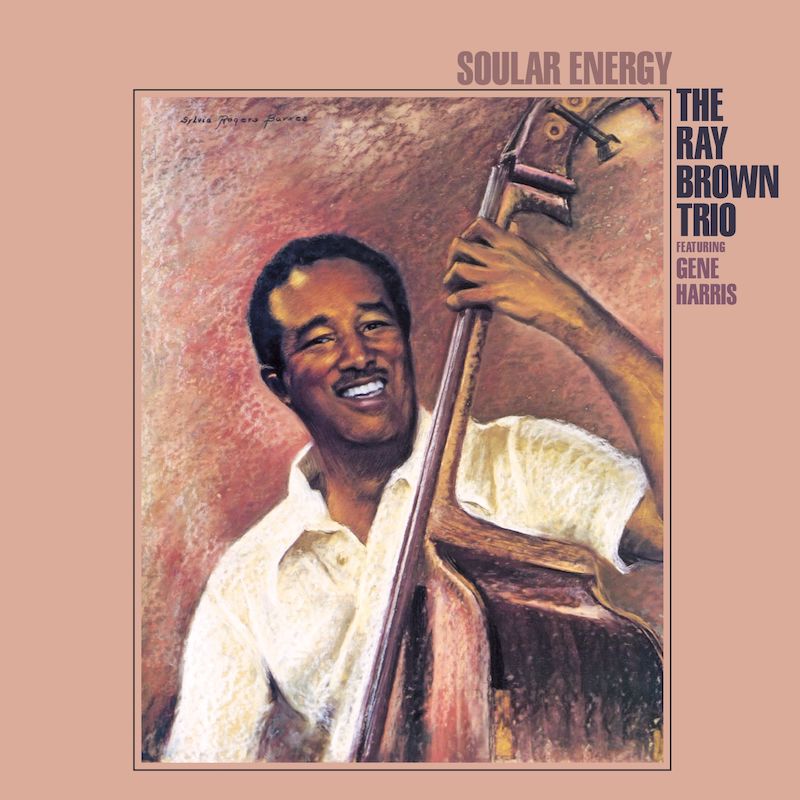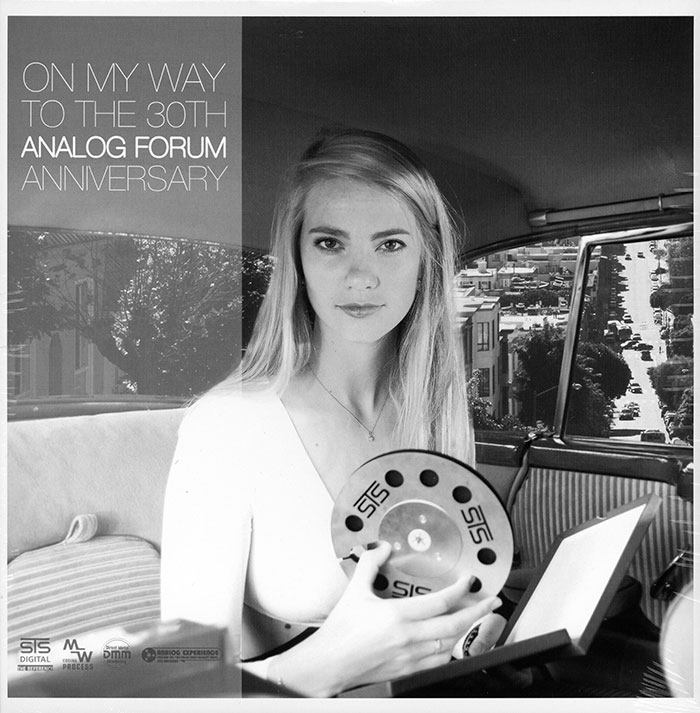Logowanie
Mikołaj - ten to ma gest!
Miles Davis, Horace Silver, Jay Jay Johnson, Percy Heath, Kenny Clarke, Lucky Thompson
Walkin'
20bit K2Super Coding - ale jak to brzmi!
Kasety magnetofonowe
Winylowy niezbędnik
ClearAudio
Double Matrix Professional - Sonic
najbardziej inteligentna i skuteczna pralka do płyt winylowych wszelkiego typu - całkowicie automatyczna
PERGOLESI, SCARLATTI, Susanne Ryden, Stockholm Baroque Orchestra
Stabat Mater
- Susanne Ryden, Mikael Bellini, Stockholm Baroque Orchestra - Pergolesi, A. Scarlatti - STABAT MATER
- 01. Pergolesi - Stabat Mater (3:21)
- 02. - Cujus aminam (1:57)
- 03. - O quam tristis (1:54)
- 04. - Quae moerebat (1:57)
- 05. - Quis est homo (2:32)
- 06. - Vidit suum (2:44)
- 07. - Eja mater (2:24)
- 08. - Fac ut portem (2:15)
- 09. - Sancta Mater (5:01)
- 10. - Fac ut portem (3:14)
- 11. - Inflammatus (1:56)
- 12. - Quando corpus (3:23)
- 13. A. Scarlatti - Stabat Mater (2:34)
- 14. - Cujus Aminam (1:43)
- 15. - O quam tristis (2:28)
- 16. - Quae maerebat (2:46)
- 17. - Quis est homo (1:58)
- 18. - Quis non posset (1:51)
- 19. - Pro peccatis (1:56)
- 20. - Vidit suum (1:32)
- 21. - Pia Mater (2:20)
- 22. - Sancta Mater (1:31)
- 23. - Fac ut ardeat (1:59)
- 24. - Tui nati (2:34)
- 25. - Fac me vere (2:38)
- 26. - Virgo virginum (1:33)
- 27. - Fac ut portem (1:17)
- 28. - Inframmatus (1:46)
- 29. - Fac me cruce (0:55)
- 30. - Quand corpus (3:11)
- Susanne Ryden - vocal
- Stockholm Baroque Orchestra - orchestra
- PERGOLESI
- SCARLATTI
TWO OF SWEDEN'S MOST WELL-ESTABLISHED SINGERS PERFORM PERGOLESI'S FAMOUS STABAT MATER The familiar text describing the Virgin Mary at the foot of the cross is thought to be about 700 years old. The author, despite numerous theories, remains unknown. Originally the words were, of course, sung in unison and the poem had a place in the liturgy, at least about the end of the 15th century.Pergolesi died young, probably from tuberculosis. He spent the last part of his life in a monastery. It was there, with trembling hand, that he wrote about Mary at the foot of the cross - for the same brotherhood as the Scarlatti setting; according to an account written one hundred years later. The writer also maintains that the brotherhood wanted to bring their traditions up to date by changing their music. Scarlatti's Stabat Mater is undated so no one knows how many years it served the brotherhood. It is very possible that it is a late work. Pergolesi was fifty years younger and he naturally had different musical ideas of the sort that people commissioning works often adhered to. There was normally little interest in "old" music in former times even though the Church could adhere to a tradition in music too. But the brotherhood did not need to feel that sort of responsibility in its own activities.There are certain similarities between the two settings presented here. This is largely due to the fact that both works are scored for the same forces: two voices (castrati and/or falsetto voices at the time), two or three violinists and continuo. (In this aspect there was no novelty about the settings; the brotherhood may not have been able to afford more musicians.) The musical symbolism is not all that different either but Pergolesi's style is much simpler. He makes little use of counterpoint as compared with Scarlatti's intricate flow and his more solid harmonies change very slowly. Though not at all unpleasantly...






























